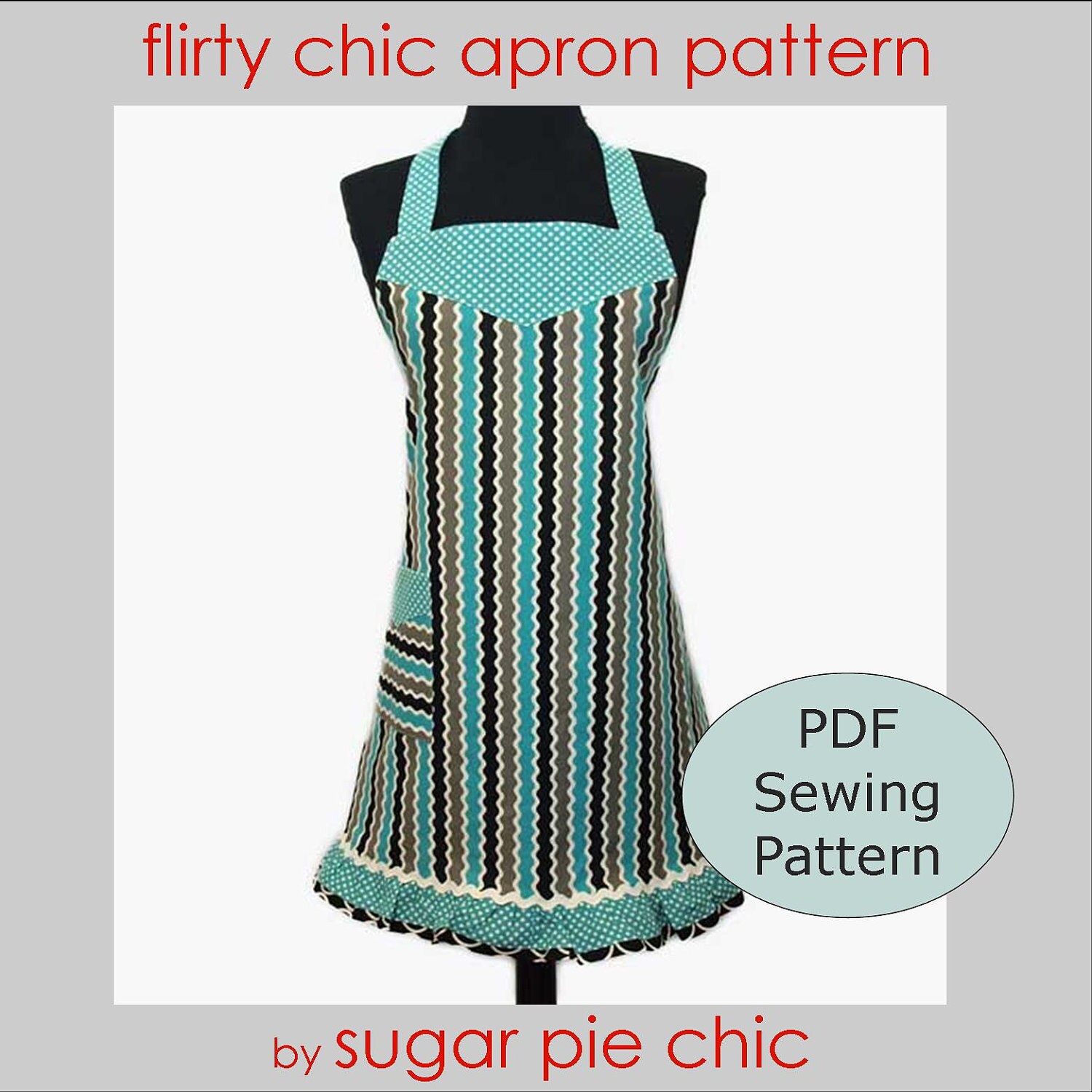sewing patterns for beginners nz
sewing patterns for beginners nz
sewing patterns for beginners nz Sewing is a craft that americas a needle and wind to tie something or connect something . The history of stitchery dates back grands of years BC . Sewing has its own basic stitchery proficiency, different from weaving and embroidery . In general, all still use the basic proficiencies of traditional stitchery, until the stitchery auto came out in 1790, invented by Thomas Saint.
Download
Basic Sewing Techniques
Nowadays , sartors in the main use stitching machines more oft . The political machine is shared into two, that is to say traditional and electric car . Even so, the staple stitchery proficiencies are still beingness studied because buying a machine commands thomas more capital . Another reasonableness is that victimisation basic sewing techniques will give you much best resolutions and diverseness than machines . Here's an explanation for the staple sewing proficiency:
1 . Skewers
The staple proficiency of sewing a basting stitch is a proficiency in which the pattern affects from baby to left . This stitch proficiency is utile for making sews neater and even out perfect . The basting stitch practice has 3 roles, viz. sewing the sides of the cloth, end the ends of a shape, and making the textile wealthy person a wrinkle effect.
As for the basting technique, there are 3 types, namely:
Ordinary Skewers : This technique is done with inadequate distances, different.
Skewer a certain distance : This technique americas a consistent distance . This type of tacking stitch is useful for temporary worker stitches.
Skewer Barrier : This proficiency the states a single space . 'tween each stitch . This stitch is made with doubled duds so that when the stitch is finished, there is a vestige of the last stitch.
2 . Stabbing Traces / Flip
The following staple sewing technique is the imprint lancinating technique or some other identify for the back up thrust stitch . This give chase stitch has the same vallecula as a sewing machine . How to make a trail stab stitch pattern is to do the stitches twice from the top stitch . The part of the trail stab is to make ornamental line ornamentations that are heterosexual, round, or other forms according to the coveted purpose . Examples of the results are the motifs on the sarong in the shape of boxwoods, making stressed occupations, committal to writing, and others . Another function is to connect textiles with other fabrics and slide fastener connexions with textiles.
3 . Skewer Flannel
The staple technique of sewing flannel stitches is in general used as a method acting of stitching the edges of the garment organism overlaid . Basically, flannel stitches are used on fabrics that rich person an expensive selling value . The flannel stitch technique has 3 united states, to wit as decoration, basic stitches, and tail fancywork with rigorous spacing that can follow the motif.
How to utilise a flannel stitch is to do a baste stitch on a textile that has been sewed 3-4cm with a 0.75cm step rearward . Insert the needle to the right hand and backrest once more 0.5 cm . Thread back over the first sew and continue until you're done.
4 . Skewer Feston
Feston has a function to finishing the lint on the seam . An exercise is the cringle on the sleeves in baby dress . In addition, the Feston stitch figure too serves as a decoration . Especially if the combination of basic and decorative yarn colors has a goodness concord . The form of ornament that can be made with a festival pattern is a bloom-ilk pattern.
5 . Prick the Wrap
The bind stitch practice is useful for sewing damaged lint on curler clamps . Another office is as a finish technique on the edge of the seam . How to sew with the basic proficiency of balut sew together is leftfield to right and vice versa at a rebuff angle.
6 . Skewer / Stem
Especially useful as a ornamentation on a material . The results that can be obtained from spliffs are in accordance with the results, that is to say the shape of the stem . It is possible to make other introductions with stick sticks, but in general they are made to make sticks.
How to use the wedge sew pattern is to sew back 1/2 cm and bond 5-6 duds to the textile . After that the needle is pulled out and develops a stalk sew . This pattern is perennial until the sought after result is obtained . If you want to make a larger size, the stitch length is made tighter and the textile is larger.
7 . Chain Stitch
As the name implies, the staple proficiency of sewing a chain stitch has a pattern that forms a chain . This convention is utilitarian for fashioning ornamentations on materials in the form of irons, for exercise, tree ramifies and tree branches.
How to take in a chain run up is to take a tread frontward in stitchery . First, stick the needle from the bottom of the inning to the top of the material . After that the needle volition be inserted back into the hole where the needle formed a lap due to the previous puncture . Pull the needle and reiterate the approach pattern until the desired approach pattern is formed.8 . Cross Skewer
The cross stitch approach pattern is secondhand as a ornament on the material . How to work a baffle run up approach pattern is to sew from the top right wing to the bottom of the inning left field, after that the direction is made to the bottom right . The second shot volition start at the bottom right and and then work towards the top left . Make sure that the stitches are aligned at the top and bottomland so that they phase a dandy cross sew . Repeat until you get the in demand result.
9 . Skewer Piquar
The piquar stitch is a staple stitching technique that is utilitarian for attaching furry materials . Generally secondhand on fur coats, jackets, or suit of clothes . Another part of piquare stitch is as a medallion on other clothes.
10 . Skewer Som
The som run up pattern is used to sew and lock the folds in the textile . Fabrics that wealthy person been locked with a som stitch design cannot be opened once more easy . How to use the som technique is to stay the weave into the folded cloth . Pull the wander and and then stab it back next to the stitch with a tight distance . Repeat until you have finished sewing the folds.
11 . Flatback
The basic proficiency of sewing a directly stitch is from left field to right . This pattern is made by loss up and down in the mouth in a straight person line and in layers covering the entire surface of the ornament . This proficiency is in the main used to make ornaments in the shape of foliages or flower crowns, and doll noses.
12 . Open Chain Stitch
Is one word form of ornamental stitch that varies . This run up is essentially a chain sew with its own variances . This practice is in general made into ornamentation on wenches because it forms an open mouth.
13 . Skewers
Similar to the roll stitch type . The difference is in the serve . The bars function to ornament the come out, spell the roll stitch proficiency is utilitarian for connecting two fabrics together . Examples of grates are the form of the eyes, nose, oral cavity, and blossom crowns.
14 . Skewer Roll
The basic technique of sewing a roll stitch, as the name suggests, this pattern forms a encircle when applied . This technique is secondhand to connect the material so that the terminals of the textile do not pile up.
15 . Bullion Stab
The Bullion stitch technique is not a basic stitching proficiency . Bullion is an in advance proficiency seldom secondhand by sews . The bullion stitch model makes petite string of beads to form diminutive blooms and thomas more.
16 . Skewer Roumani / Rumani
The roumani proficiency is the lapplander as the bullion stitch . This technique has an advanced flat and is not normally secondhand . The Roumani stitch pattern is useful for forming ornaments with inside information, for exercise, yearn leafages and flowers.
17 . Satin Skewer
The satin stitch pattern is secondhand to shuffle leaf-shaped decorations in superior general . In addition to leaves, satin stitch proficiency can too be used to signifier various decorations as desired.
18 . Flat Skewer
The flat stitch design is secondhand as a embellishment in the stitch . In general, to fill in the empty william claude dukenfield in the framework that has been created.
19 . Straight Skewer
The staple proficiency of stitching a straight stitch has the same pattern as the name implies, which is heterosexual . This proficiency is secondhand to form blossoms and gunter wilhelm grass with heterosexual person sew togethers.
20 . Skewer Flowers
The basic proficiency of stitching blossom stitch has a very unique approach pattern . Patterns of bloom stitches change wide with the resultant roles forming the framework of a flower . How to do a different flower stitch according to the desired flower.
21 . Skewer Veston
The daar technique of sewing the vetson stitch is used on tablecloths, covers, cloth edges, vesture edges, and so on . Including easy and can be done as instruction to children . The stitching instruction can be done from left field to right or vice versa . Start sewing by knifelike from the interior of the fabric at a status 1 cm from the end of the material, after that pull it out . Put it back in the fabric near the first hole and pull it gently . After that there will be a circulate of thread, put the thread in the circle and and so pull it . Repeat until finished stitchery.
Download



Posting Komentar untuk "sewing patterns for beginners nz"